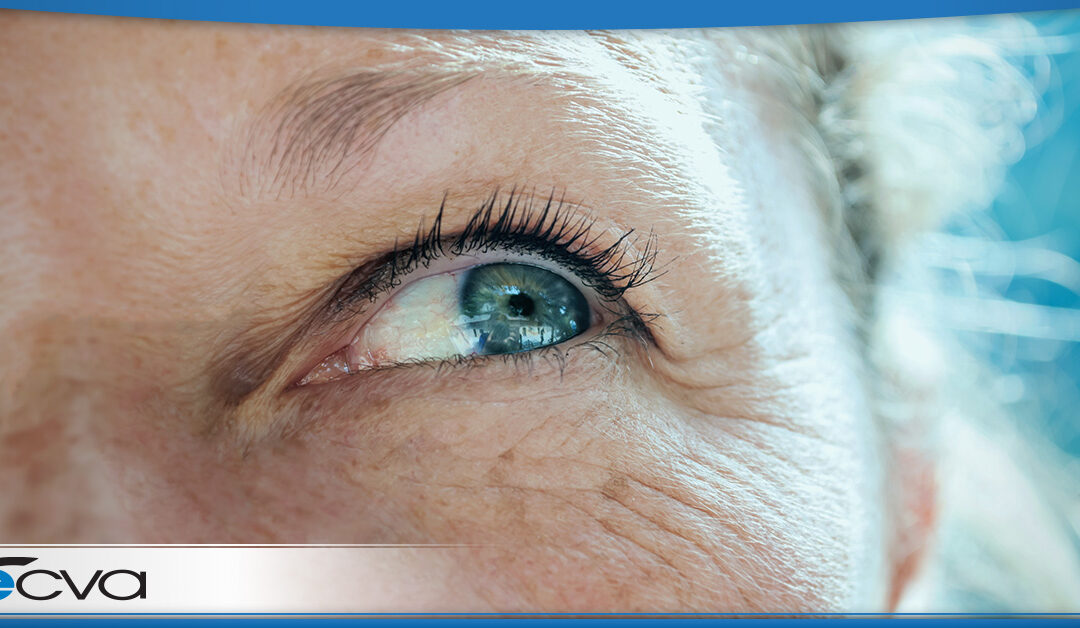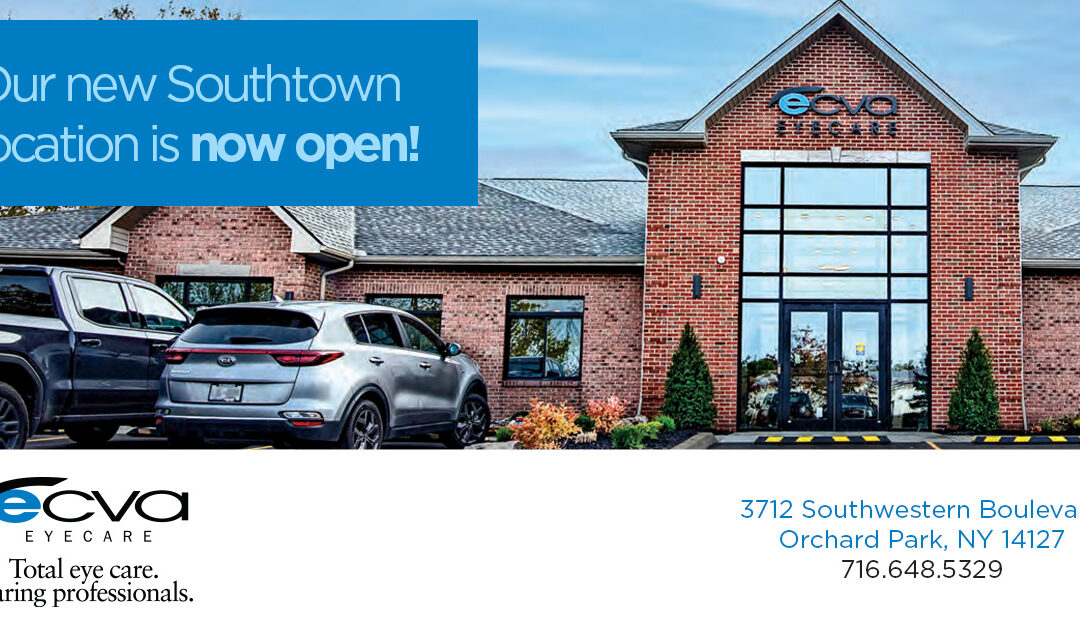
by ecvaeyeadminz | Nov 22, 2023 | Eye Health
Vision correction surgery began making headlines in the 1980s and 1990s. It generated excitement as people learned they may have a path to see clearly without needing corrective lenses, including prescription glasses or contacts. LASIK (laser-assisted in situ...

by ecvaeyeadminz | Nov 20, 2023 | Cataracts
Cataracts are a common eye condition that can significantly impact your vision, making routine activities challenging. Fortunately, advancements in medical technology have made cataract surgery a safe and effective solution. Cataract surgery is still the most...

by ecvaeyeadminz | Nov 9, 2023 | Glaucoma
To put it simply, a glaucoma diagnosis is intimidating for many patients. Glaucoma is a leading cause of blindness. While there’s no cure for glaucoma, there are treatment options designed to help preserve your vision, including Durysta. Durysta is a newer treatment...

by ecvaeyeadminz | Nov 1, 2023 | News
We are delighted to announce the reopening of our Orchard Park eye care center, which officially took place on Monday, October 30th. This marks the beginning of a new chapter for us, and we couldn’t be more excited to share it with our cherished southtown...





